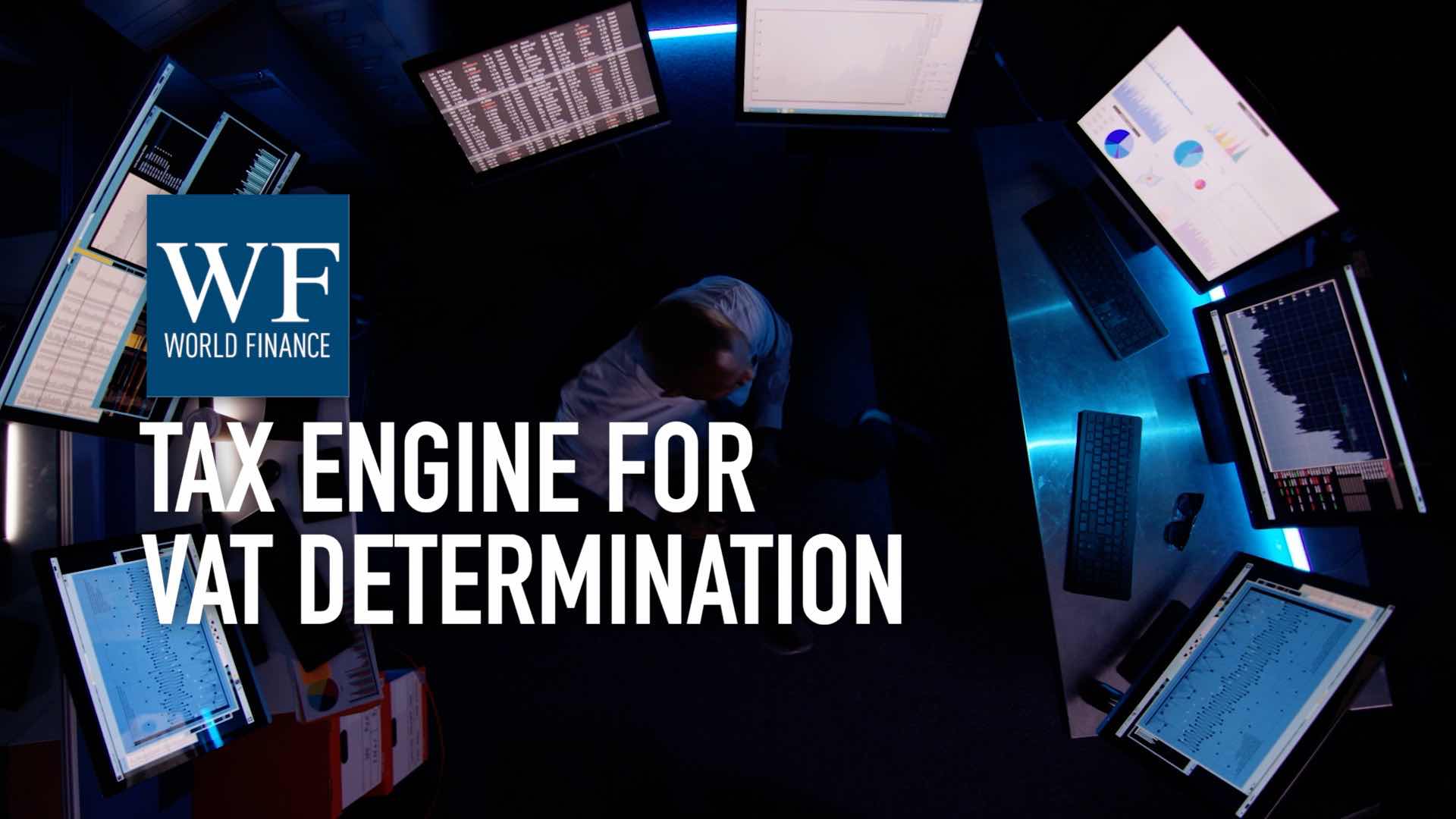Trends in EU VAT compliance | Vertex Exchange Europe 2019
Aleksandra Bal outlines the latest VAT changes and compliance obligations
Related:
Transcript
Tax technology specialists Vertex brought together tax professionals, solution experts, and its customers in Munich for its Vertex Exchange Europe event. World Finance interviewed half a dozen delegates for an update on Europe’s latest tax compliant challenges and technological advancements: you can watch them all in our Tax Automation with Vertex playlist on Youtube.
Aleksandra Bal: In the area of VAT, the pace and diversity of change has always been very high. But having spent over 10 years in the industry, I have never witnessed a magnitude of change like this before.
Let’s take VAT compliance as an example. In the past, things were simple. You just filed a VAT return once per month, or once per quarter. Now, this is no longer sufficient. What is changing is the format, speed, and type of information delivered to the tax administration.
Some countries – for example, Poland and Portugal – have introduced an obligation to submit transaction data on a regular basis. Your invoice data: you have to provide them every month to the tax administration.
Other countries went even one step further, and started requiring real-time transmission of transaction data. Spain was the first country to introduce such an obligation, followed by Hungary.
Shortly afterwards, Italy implemented an invoice clearance model – and this means that you cannot issue valid invoices unless the tax administration has approved them. So you send your invoices to the tax administration, and the tax administration forwards them to the customer.
And we can also see a trend towards digital reporting. The UK is currently implementing its Making Tax Digital initiative. You have to keep your records digitally, you have to submit your returns using certified software, and you have to make sure that your tax information is digitally linked.
And all these new compliance obligations create enormous challenges for businesses. The main challenge is that it all happens at country level – and it’s not supported by EU-wide harmonisation measures.
So companies need to monitor local developments. And when new requirements are announced, there’s often very little time to adapt ERP systems and processes.
Another difficulty is that these requirements are published in local languages, making it difficult for globally operating companies to implement them. And if you don’t know what to do, there’s no one to ask – because even tax administrations are not familiar with the new rules, and cannot provide advice to tax payers.
Two main pieces of advice to businesses on how to handle those emerging compliance regimes. First one is: avoid the over-tooling trap. Over-tooling means that you have too many tools within one organisation. If you do not think well ahead about the new compliance obligations, do not think about all the options, you may end up having different tools that are not compatible with each other, or with other systems used within an organisation.
And having your tax system built from various local pieces is like driving a car that has been assembled with parts coming from different manufacturers. So if you want to change the tyre you go to Toyota, if you change the oil you go to BMW. And this is not very efficient.
Another piece of advice would be, be proactive. Tax departments quite often take a reactive stance – they do just enough to keep up. And this approach is very risky.
If you are not proactive, you may not consider all the options. If you do everything at the last moment, you may end up having solutions that are costly to maintain, and not user friendly.
So be proactive, take this new compliance requirement as an opportunity to take a critical look at your processes, to improve it and generate better business value.

 Vertex tax technology: Introducing SAP chain flow accelerator
Vertex tax technology: Introducing SAP chain flow accelerator Vertex tax technology: Why add a tax engine for VAT determination
Vertex tax technology: Why add a tax engine for VAT determination
